When Indonesia began building trade relations across the various points of the Silk Route, from Asia through Arabia and to Europe, the traders never came empty handed. They brought with them different elements from their cultures along with culinary riches.
If one were to ask which region had the most influence on Indonesia’s culinary scene, it would surely be Chinese travellers. These foreign traders referred to the archipelago as nan yang, which trasnlates as ‘the southern sea’, a nickname meant to indicate the strategic region’s promising prospects from both economic and political perspectives. But beyond their political and economic mission, these travellers carried with them a variety of gastronomic delights from their homeland which were, over time, adapted to suit the character of local dishes.
Having to make do with ingredients they were able to find across the archipelago, classic Chinese dishes slowly evolved to adjust to and accomodate the local palate. Nasi goreng (fried rice), for example, a dish that started as a way to make sure leftovers of other dishes did not go to waste, rose to mainstream with Indonesian spices thrown the pans.
In the archipelago, garlic, chilli and pepper – staple ingredients back in China – met with the richness of local flavours such as turmeric, onions, pecan, kencur (kampferia galanga), bay leaf, pandan leaves, shrimp paste and many others.
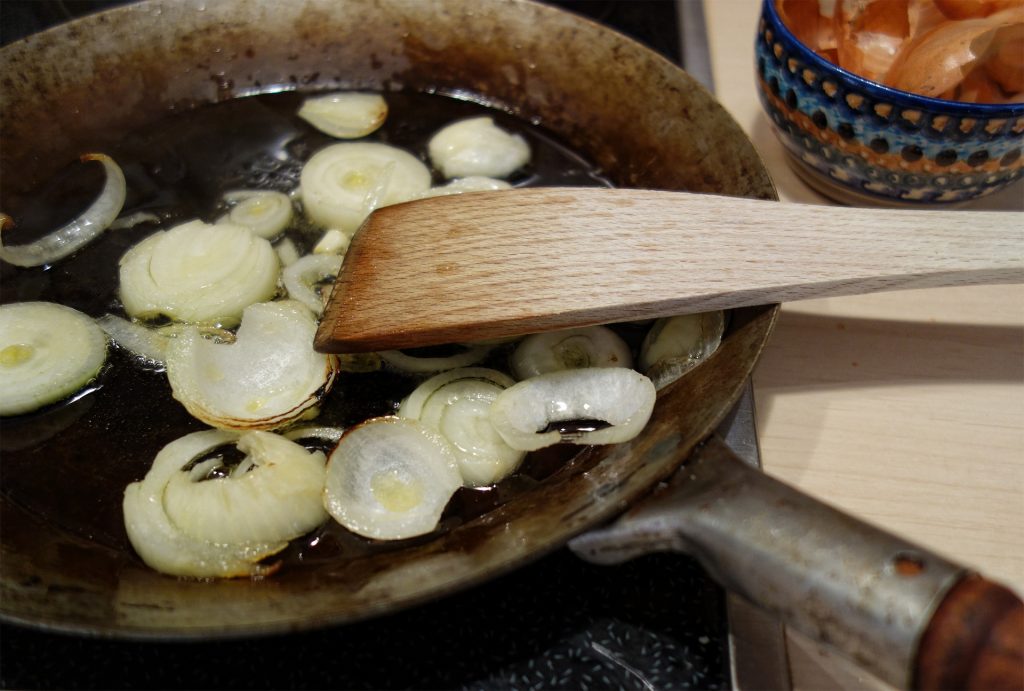
All the same, Chinese travellers also brought a fres twist to traditional Indonesian cooking with the introduction of new techniques such as grilling (zhi), steaming (zheng), satueing (fan chao), slow cooking (dun), soy sauce cooking (hui) and fast frying (chao).
This cultural exchange gave birth to fresh takes on traditional Chinese dishes, which became unlike anything in their home country. Take for example lontong cap go meh, which one will not find anywhere in China. Though its history remains pretty much unknown, the dish is said to date back to the period when Chinese travellers first set foot in Indonesia.
Many believe lontong (a type of rice cake) is a variation of another Chinese dish called bakcang. The round form of lontong is said to be a reference to the shape of the moon, while the words cap go meh translate as ‘the 15th evening’ or the night of the full moon. In Chinese tradition, the moon is seen as a sacred symbol.
Aside of inspiring the birth of lontong, the shape of the moon also ispired Chinese settlers on Bangka Island to create what is known as Hok Lo Pan, a dish more popularly known nowadays as martabak manis (sweet martabak). Made from dough, eggs and sugar, Hok Lo pan, too, takes a moon-like form. Little did the Chinese on Bangka Island know that the word of this sweet, round cake would eventually travel across the archipelago, and would later be put in the same category as the martabak, a dish that was first introduced from India.
Hok Lo pan, which means ‘cake of the people of Hok Lo’, quickly became popular in other Indonesian regions under a variety of names, such as ‘moonlight cake’, ‘martabak mains’, and ‘Bandung cake’. Sellers of this cake eventually began offering it along with its savoury counterpart, martabak asin, asin, as if in keeping with the Chinese views on maintaining a yin-yang balance in every aspect of their lives.
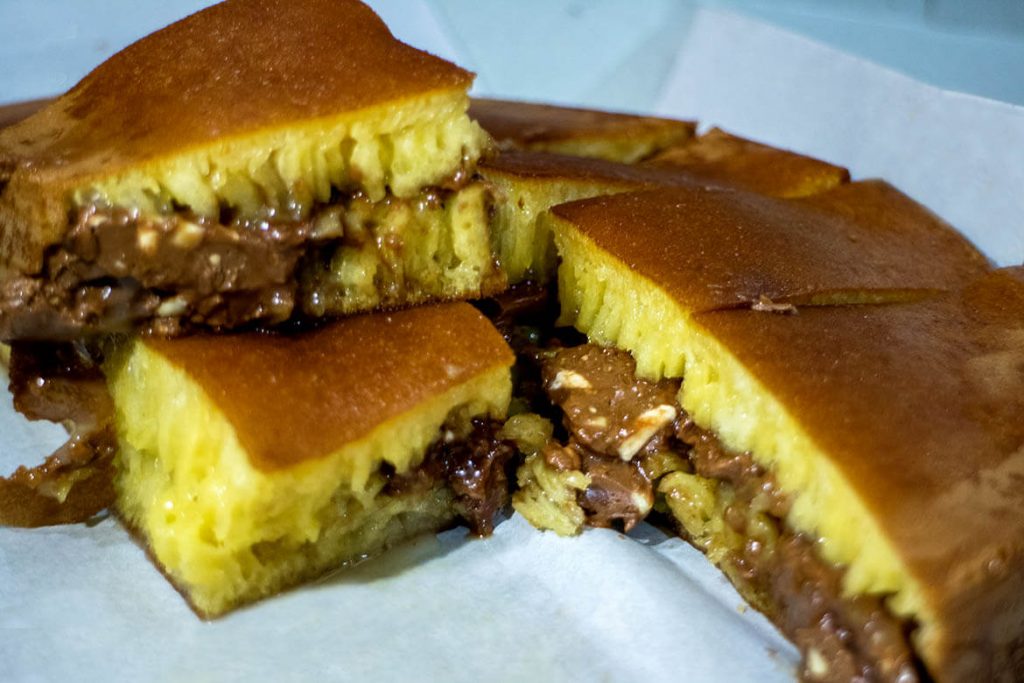
In Jakarta, Martabak AA in Setiabudi is among the best place to sample a bite of martabak telur, while Martabak 65A in Pecenongan is believed to be the best place to sample the different varieties of sweet martabak.
Another dish that has evolved to become a staple in Indonesian Chinese restaurants is fuyunghai, which is believed to be a Chinese adaptation of the European omelette. Restoran Trio in Central Jakarta is a must to seek out this delicious dish.
While the Dutch served toetje (desserts), the Chinese created their own version, something known today as es puter, an ice-cream-like dessert made from coconut milk and sugar. Its production technique is relatively simple, made by spinning the ice container upon salted ice. What was initially just sweet cream produced from a mixture of coconut milk and sugar, es puter is now served at various Indonesian festivities and celebrations with variety of flavours. It can also be found by the roadside, sold by street hawkers.
Today, Chinese food is ubiquitous across Indonesia. From street hawkers to many restaurants that dot is vibrant cities, these establishments often come with extensive menus and a handful of stories (or, rather, myths). Restoran Trio in Jakarta is one of them; opening to years after Indonesia claimed its independence, it serves approximately 300 different Chinese peranakan dishes on its menu. Its Nanking chicken is a crowd favourite.
Another popular Chinese peranakan restaurant is Cahaya Kota on Jalan Wahid Hasyim, Central Jakarta, which opened in 1943. The restaurant is home to about 100 Cantonese dishes, ranging from Shanghai prawn spring rolls, fried chicken, duck with hoisin sauce, and Cantonese snapper, to salted frog with Chinese mustard.
Meanwhile, Kedai Kopi Tak Kie, perched in Gang Gloria, a smell alley in the Glodok area of West Jakarta, stands as a testament to Chinese settlers’ expertise in concocting delicious beverages. First opened in 1927, this simple cafe serves just two types of drinks: black coffee and milk coffee.
For decades, Chinese settlers have made their mark in Indonesia, especially in the country’s culinary scene. Their influence is nothing short of the result of a two-way cultural exchange that has allowed the Chinese to develop dishes from their homeland using the richness of the Indonesian archipelago’s spices.
Published on Colours, inflight magazine for Garuda Indonesia, July 2017

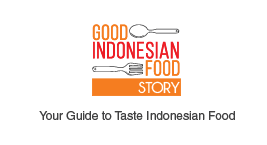



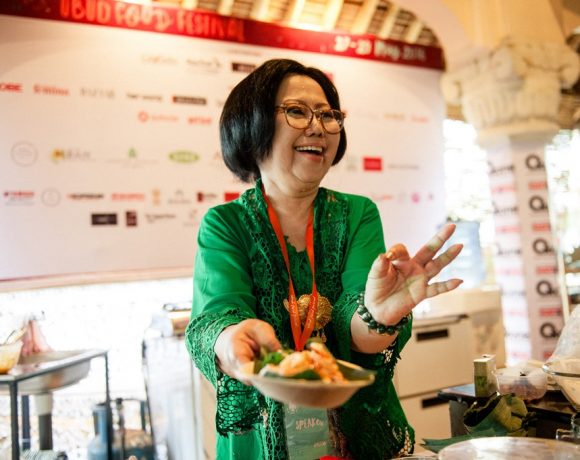
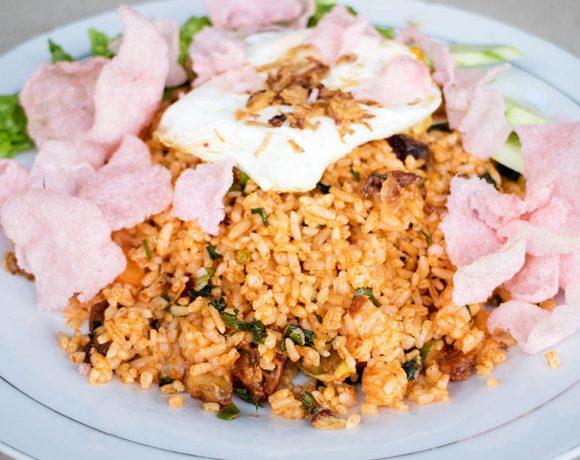


NO COMMENT